‘You cannot begin by calling me France’s most famous living artist!’ Thus Sophie Calle objected to the first line of the obituary I wrote for her, commissioned for the enormous exhibition, À toi de faire, ma mignonne (‘Over to you, sweetie’), that currently occupies the whole Musée National Picasso-Paris. But modesty aside, it is a fact that no other French artist alive today is so celebrated, loved, debated, denounced and, indeed, imitated, around the world as Calle.
This year is the 50th anniversary of Picasso’s death and that his most important museum should officially mark this by inviting Calle to take over its institution, replacing all his work with her own, is a brilliant provocation. Calle’s response has been equally bold; though she turned 70 as the show opened, she decided to pay homage to Picasso’s death by staging her own, creating a veritable mausoleum filled with personal reliquaries, souvenirs and totems, as though she had just passed, including that ‘Living Obit’ to record her fictional extinction.
‘Do I die now or in 30 years? So much of my work has been about death, especially that of my family. My grande tante clung on until 100 and of course Picasso himself nearly made it to 100. I was even once going to stage my funeral as a theatrical dress rehearsal.’ Having long mined her own life for her work, Calle now happily mines her death; until 7 January next year, Musée Picasso will serve as a sort of giant wake, displaying the entire contents of her house, not least her celebrated art collection and equally renowned personal wardrobe, bursting with haute couture and avant-garde treasures. Here furniture, crockery, every Calle chattel is laid out and documented in a catalogue from auctioneers Drouot, as if her complete posthumous estate were up for sale.
Calle is a ‘conceptual artist’ (that most foreboding of descriptors), whose practice happily thrives between genres; a photographer, filmmaker and writer but also a performer whose sole role is a version of herself, acting out her autobiography as a unique oeuvre in itself. Calle first came to fame with a series of highly innovative projects notable for their intimacy if not titillating voyeurism. Like Picasso with his cardboard and string, demanding ‘this too can be art’, her work required an imaginative shift. In ‘The Sleepers’ of 1979 she invited people to come and sleep in her own bed. That same year in ‘The Striptease’ she described how each night as a stripper in a club in Pigalle she repeated a ritual from her childhood where she would run naked down the corridor to her grandparents’ apartment.
In Suite vénitienne (1980), her first book, Calle followed an anonymous man from Paris to Venice, tracked down the hotel he was staying in and convinced a woman who lived opposite to let her photograph him from her window. In ‘The Shadow’ (1981) she asked her mother to hire a detective to report on her. In ‘The Hotel’, Calle worked as a chambermaid to document its guests by actually going through their belongings. Much controversy was caused in 1983 when Calle found an address book and tried to form a portrait of its owner by interviewing his friends, a quest serialised in the newspaper Libération to the outrage of the owner. In ‘Exquisite Pain’ (2003) she documented people’s most painful memories. For ‘Take Care of Yourself’(2007) she asked 107 very different women, including Jeanne Moreau, to interpret the message in which a boyfriend terminated their relationship, a prescient strategy long before social media. That same year Calle represented France at the Venice Biennale, the highest honour for any artist, where she unveiled ‘Couldn’t Capture Death’, the intimate filming of her own mother’s final moments.
Much of this was groundbreaking work, since much copied. You can see her influence everywhere, whether in Bette Gordon’s film Variety or Paul Auster’s novel Leviathan, in which versions of her appear as a character.
Calle married twice. Her marriage to filmmaker Greg Shephard in Las Vegas was well documented in her movie No Sex Last Night (Double Blind), in which the couple armed themselves with separate cameras as they drove across America in a Cadillac convertible. Calle also spontaneously found herself marrying her close friend Laurie Anderson at the Swedenborgian Church of San Francisco as an impromptu confirmation of their platonic love, ‘Laurie still always signs as “Your Wife”!’
Calle has never been short of celebrated collaborators and admirers, whether actor Fabrice Luchini ‘who slept in my bed back in 1979’ or architect Frank Gehry ‘who showed me LA and changed my life. For every solo show he sends me flowers and I have kept them all’. Calle has been photographed by Annie Leibovitz, Dennis Hopper, Juergen Teller and Jean-Baptiste Mondino, and when her favourite cat died those contributing to a memorial concept album included Pharrell Williams, Michael Stipe, Bono and Jarvis Cocker. Likewise among her auction-exhibition there are numerous signed first editions and autographed photographs by intellectual and creative luminaries, including a huge wall – the exact same dimensions as ‘Guernica’ – crammed with art works from fellow artist friends, whether a painting from Damien Hirst or portrait by Cindy Sherman.
‘When the museum asked about my connections with Picasso and I realised they were scanty, my mother said “but you really had them” when she saw my work hung at MoMA. I once did a composite portrait of Picasso’s ‘Tête’, and also I did a drawing aged six which was framed when my grandma said there was a Picasso in the family.’ This drawing opens the show, followed by a room of photographs of Picasso’s paintings from when they were shrouded in paper during lockdown.
Visitors hoping to see something by the man himself will not be entirely disappointed. A judicious selection of masterpieces has been moved to the basement and Calle has positioned one of Picasso’s greatest early paintings, ‘Celestina’, the one-eyed woman, in a small room with one chair, for a highly intimate viewing experience. In a touching segue, Calle discovered in the Picasso archives a letter from an association of blind artists asking for a work and has persuaded the foundation to put a Picasso ceramic up for sale to honour this ancient request. This nicely complements her series ‘The Blind’ (1989), where she asked sightless people to ‘define beauty’ and photographed their descriptions, here accompanied by the film ‘Voir le mer’ (2013), in which citizens of Istanbul see the sea for the first time.
While Calle occupies all four levels of this large museum, it is the auction-house display of her belongings that seems the central motor and crux of this controversial curatorial intervention. Her house in the Paris suburb of Malakoff has been entirely emptied, leaving her with nothing, like Picasso’s own boast that he wanted to live ‘like a poor man but with lots of money’.
The top floor is particularly rewarding, with a catalogue raisonné of everything Calle has not done. Her many unfulfilled schemes include asking ‘Wim Wenders to do a project with me but I was blocked’, and a project to celebrate her not having children by photographing particularly unattractive offspring or listing cases in which children caused the death of their parents. If mortality is the leitmotif of this ambitious exhibition, haunted by the death of both Picasso and herself, Calle feels that having exorcised her own demise she is obliged to continue for the moment: ‘I have an exhibition in Japan in 2024 at the Mitsubishi Museum. They have never shown a living person before – so I have to stay alive at least until then.’
Got something to add? Join the discussion and comment below.
Get 10 issues for just $10
Subscribe to The Spectator Australia today for the next 10 magazine issues, plus full online access, for just $10.
You might disagree with half of it, but you’ll enjoy reading all of it. Try your first month for free, then just $2 a week for the remainder of your first year.

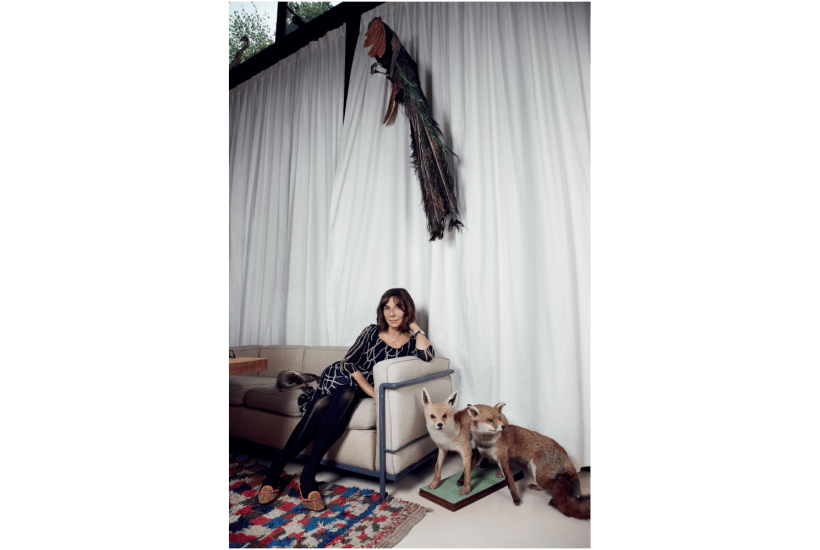
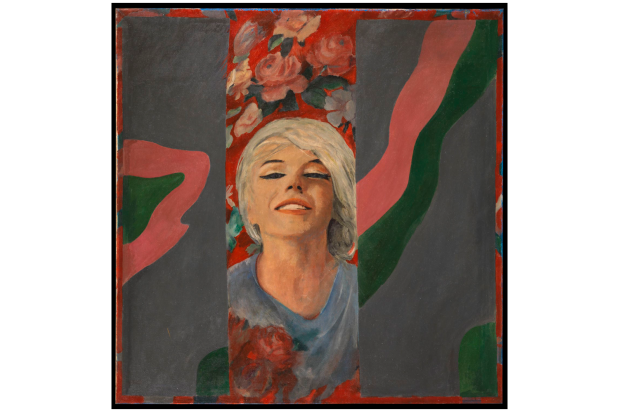
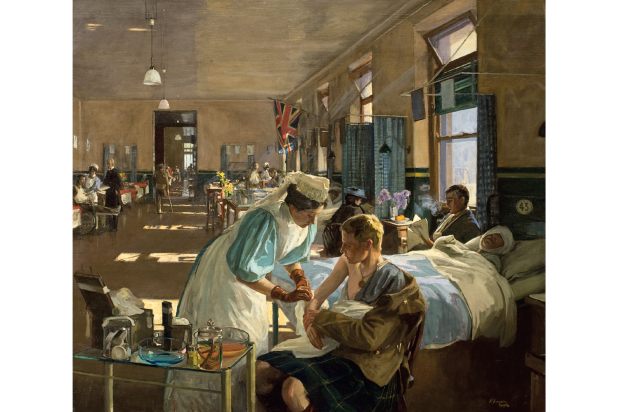
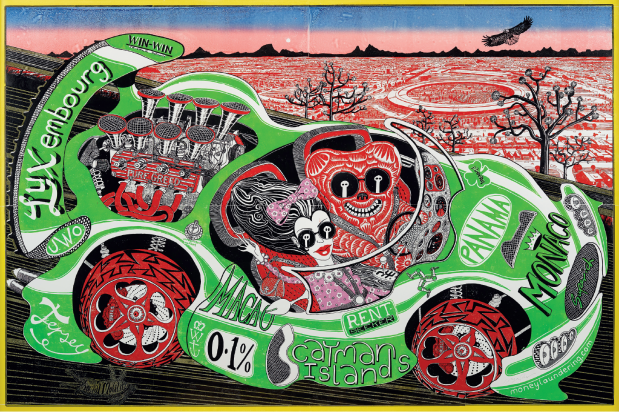
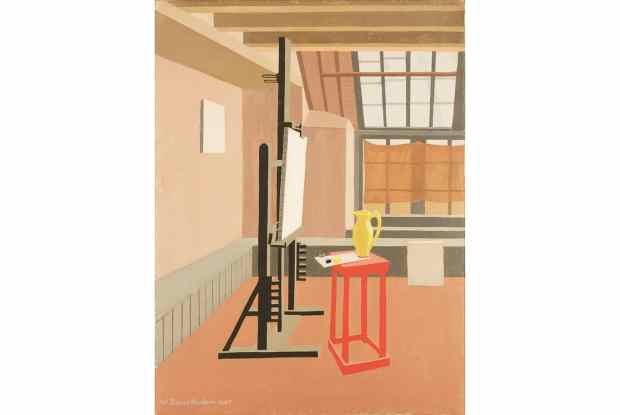








Comments
Don't miss out
Join the conversation with other Spectator Australia readers. Subscribe to leave a comment.
SUBSCRIBEAlready a subscriber? Log in